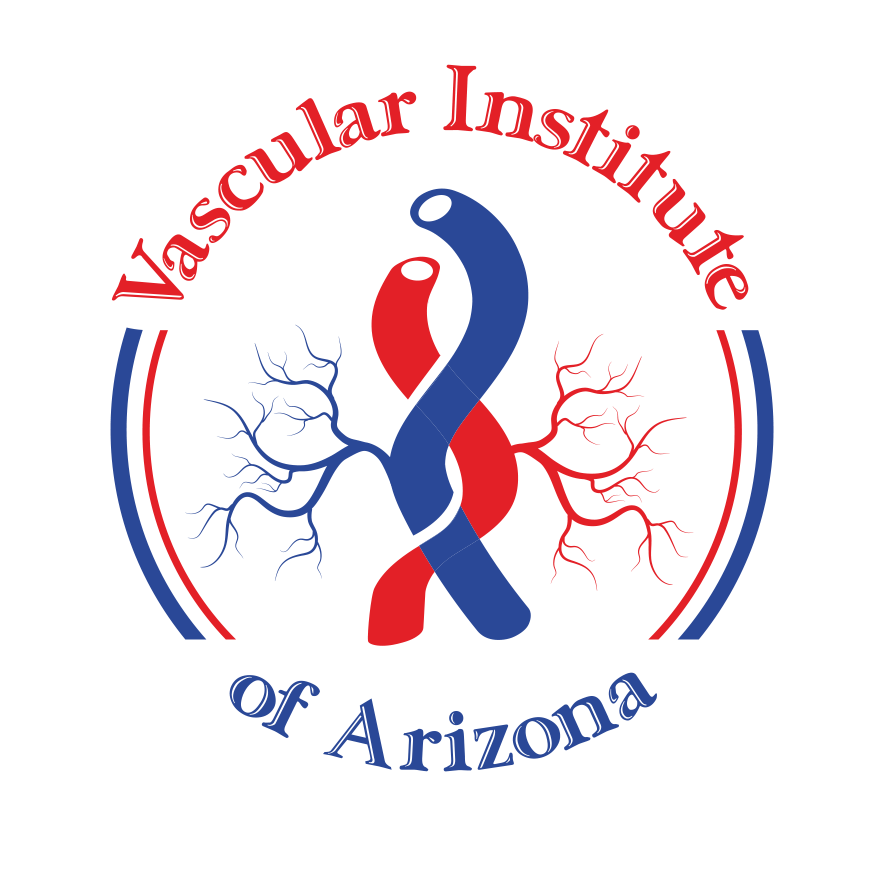Who needs a peripheral bypass?
Dr. Balraj takes a patient-centered and holistic approach to care. He determines the best treatment for your PAD based on how severe your symptoms are, your medical history, and your preferences.
Dr. Balraj will recommend a peripheral bypass if you have:
- Severe leg pain that makes it hard for you to walk or climb stairs
- Conservative treatments fail to improve your leg pain
- Leg ulcers that won’t heal
- Leg infection
Before proceeding with a peripheral bypass, Dr. Balraj orders diagnostic imaging to assess how severe your PAD is and where the blockages are.
What happens during a peripheral bypass?
Dr. Balraj creates individual surgical plans based on your unique needs and reviews the details of your peripheral bypass during your pre-surgical visit.
The peripheral bypass procedure is minimally invasive, meaning that Dr. Balraj uses small incisions and miniature tools to perform the procedure. However, he uses general anesthesia during your peripheral bypass so that you’re asleep during surgery.
Dr. Balraj makes an incision at the site of the blocked artery. He then attaches a graft (either man-made or a vein from your leg) onto the diseased artery. Dr. Balraj uses a special X-ray to assess the blood flow through the graft before suturing the incisions closed.
Dr. Balraj sends you to the recovery room for monitoring. You then spend 2-4 days in the hospital so that he can closely monitor your initial recovery.
What happens after a peripheral bypass?
You can expect leg pain and swelling for at least a week following your peripheral bypass surgery. Dr. Balraj recommends that you take it easy following the procedure and plan to take 2-6 weeks off work.
Full recovery from a peripheral bypass takes 6-12 weeks. Dr. Balraj schedules regular follow-up appointments to keep an eye on the healing and function of your new graft.
For expert vascular care from an experienced and skilled vascular surgeon, call the Vascular Institute of Arizona today or schedule an appointment online.


